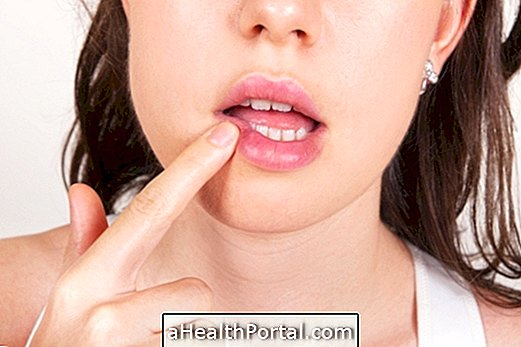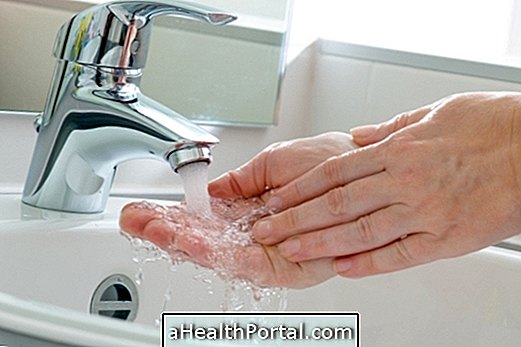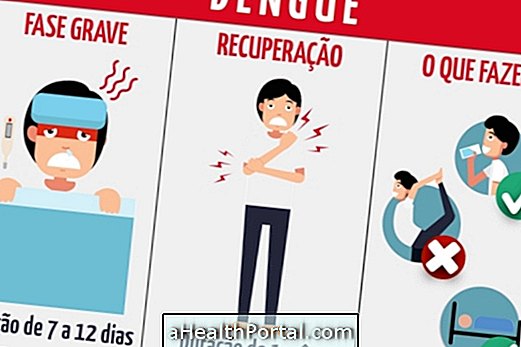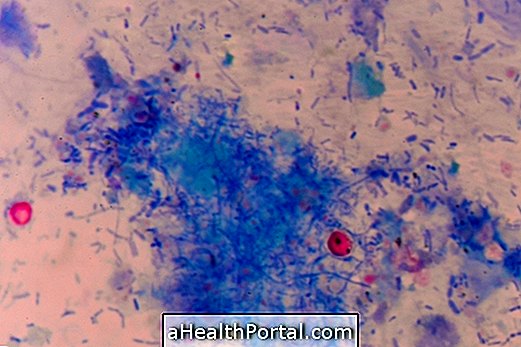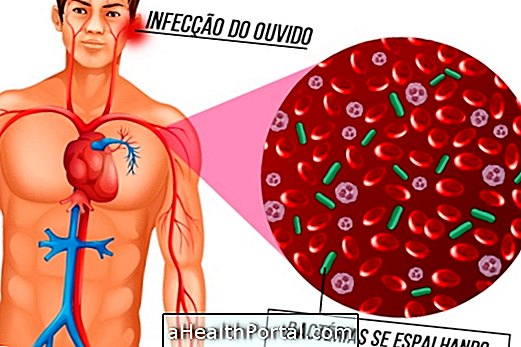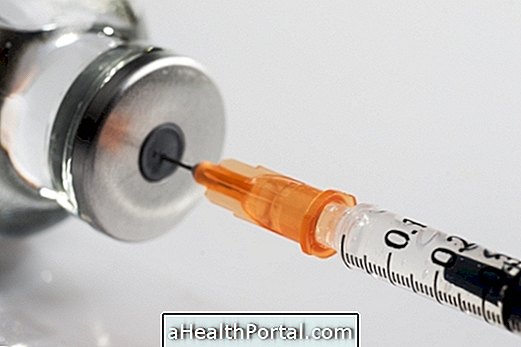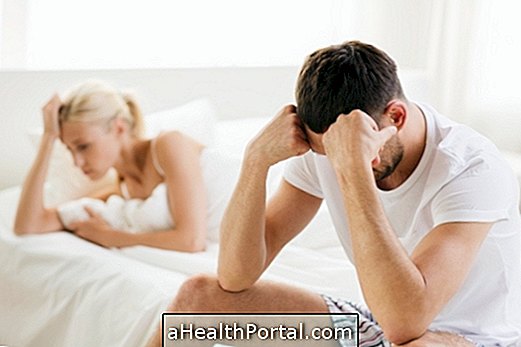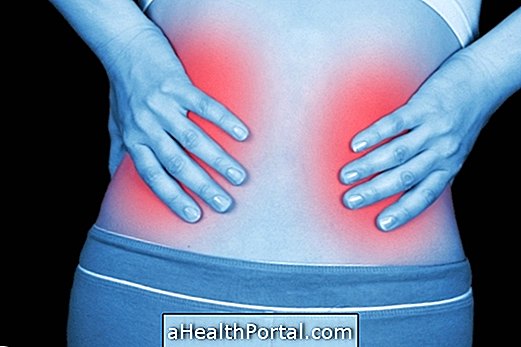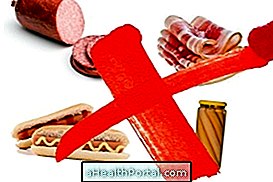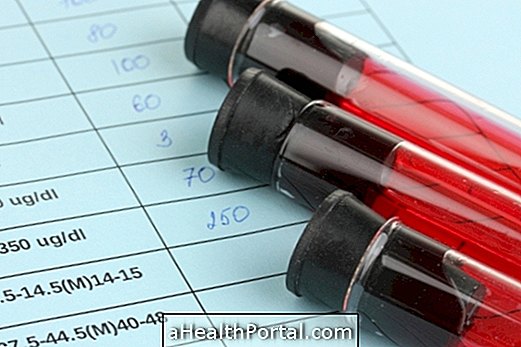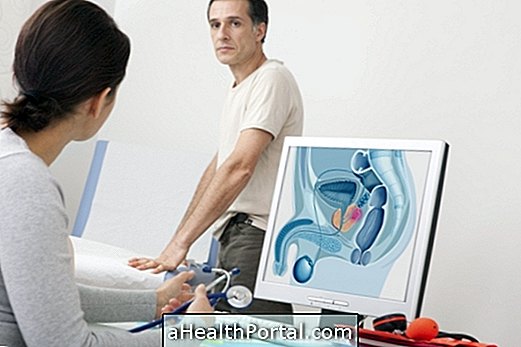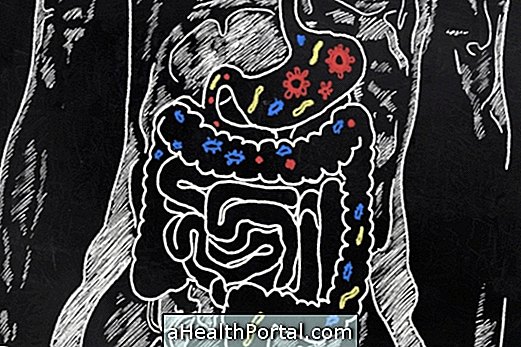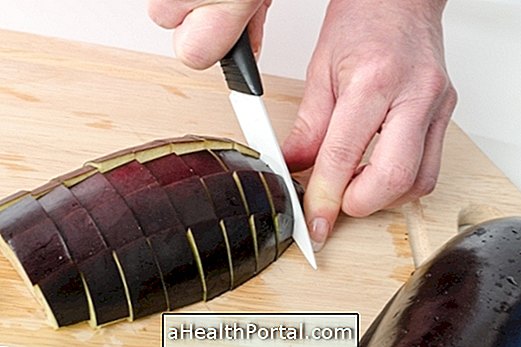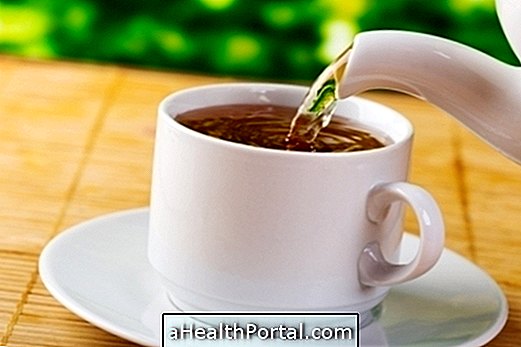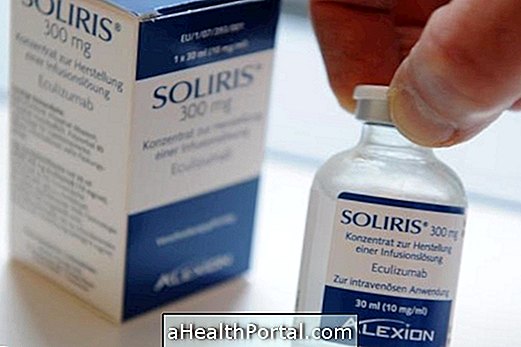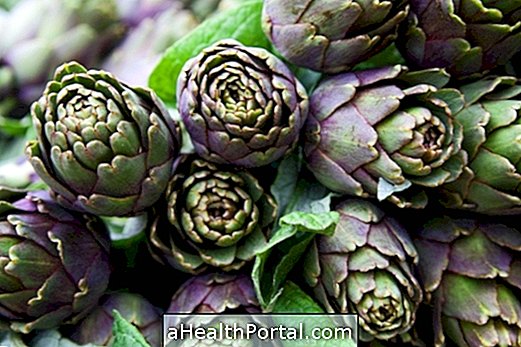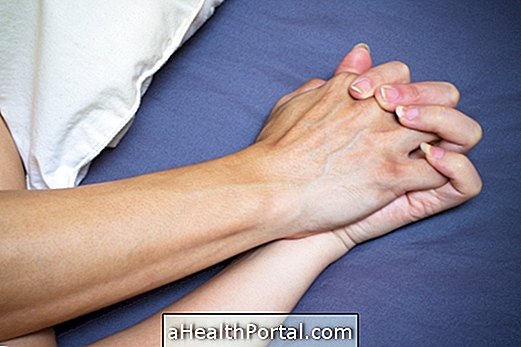The treatment for slap disease aims to alleviate symptoms such as redness in the cheeks, fever and malaise, because there is no specific medicine to eliminate the virus that causes the disease.
Treatment should be prescribed by the pediatrician or dermatologist and involves rest and ingestion of:
- Antihistamine medication to reduce redness of the cheeks and other parts of the body such as back, arms, trunk, thighs and buttocks;
- Anti-thermal medication to control fever;
- Analgesic medicine to relieve pain and general malaise.
Red spots on one or both cheeks usually appear between 2 and 7 days after contact with the virus, parvovirus B19, and generally regress in 1 to 4 days until they disappear, being the period of greatest risk of disease contagion the previous to the appearance of the red spots on the cheeks.
When red spots appear on the skin, there is no risk of transmitting the disease, but it is advisable to stay home for the first 3 days of onset of symptoms such as malaise and fever. Even if the spots on the skin have not yet disappeared completely, it is advisable to return to daycare, school or work.
Slap disease is contagious and can be transmitted through contact with respiratory secretions such as coughing, sneezing, and catarrh of the patient.
There is no vaccine for slap disease, so it is important to wash your hands thoroughly, do not put your hands in your mouth and avoid the direct secretions of other individuals.
The red spots on the skin may reappear in the following weeks with exposure to sunlight, exercise or heat.
Slap disease is more common in children and adolescents, but it can develop in adults, which can lead to mild joint pain and inflammatory lesions, which can be permanent or appear and disappear for weeks or months.
Useful link:
- Slap disease
